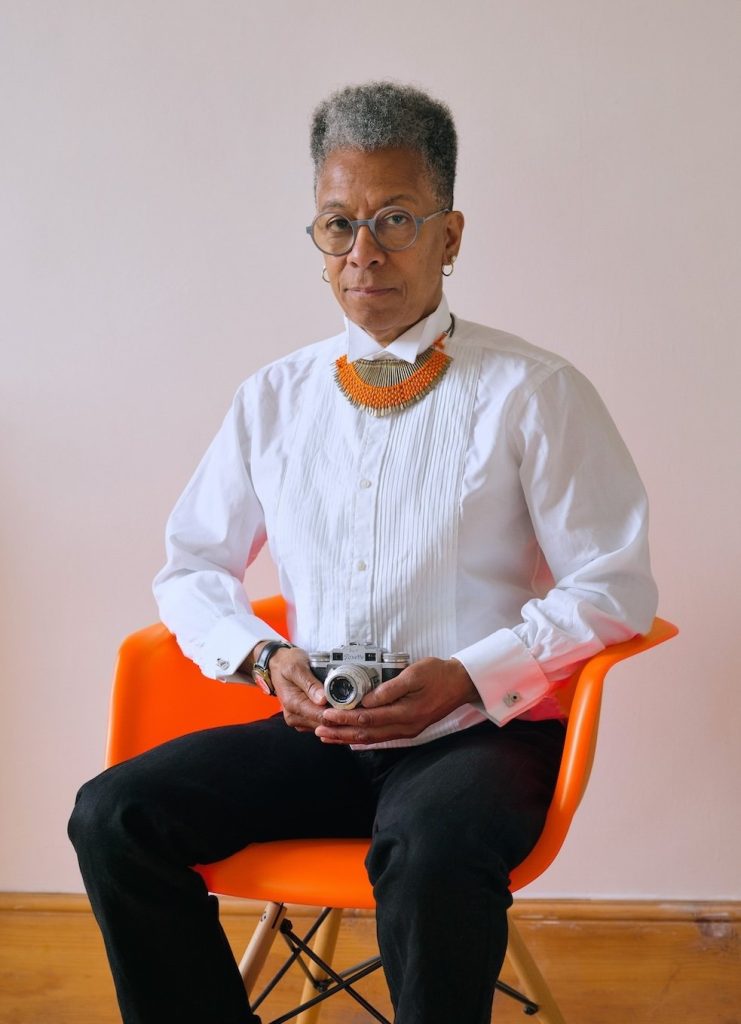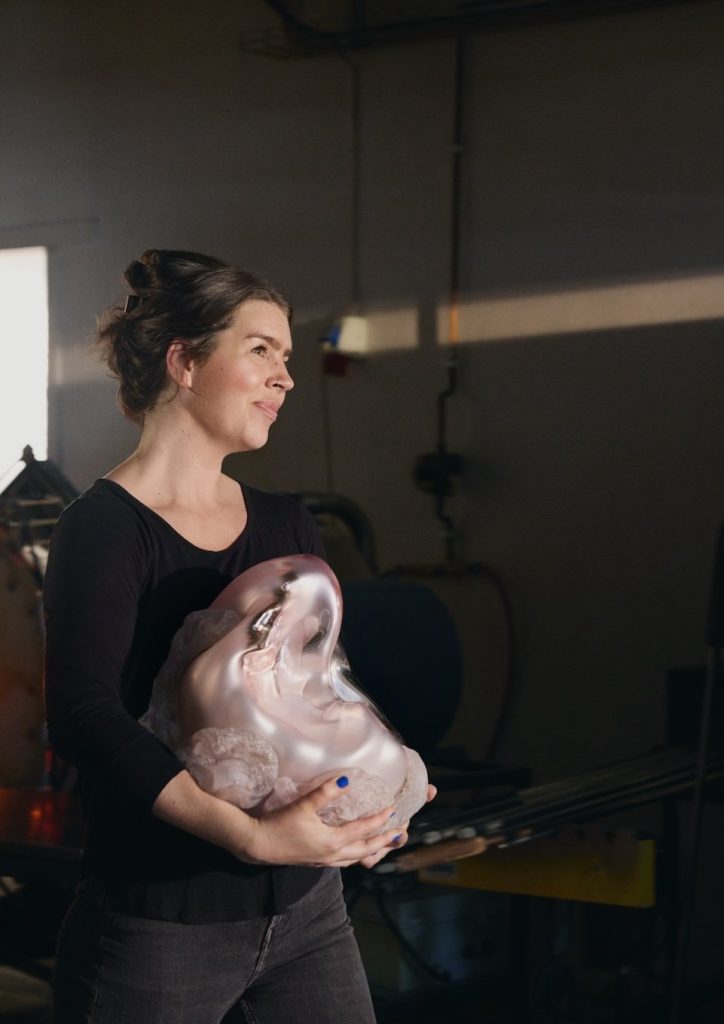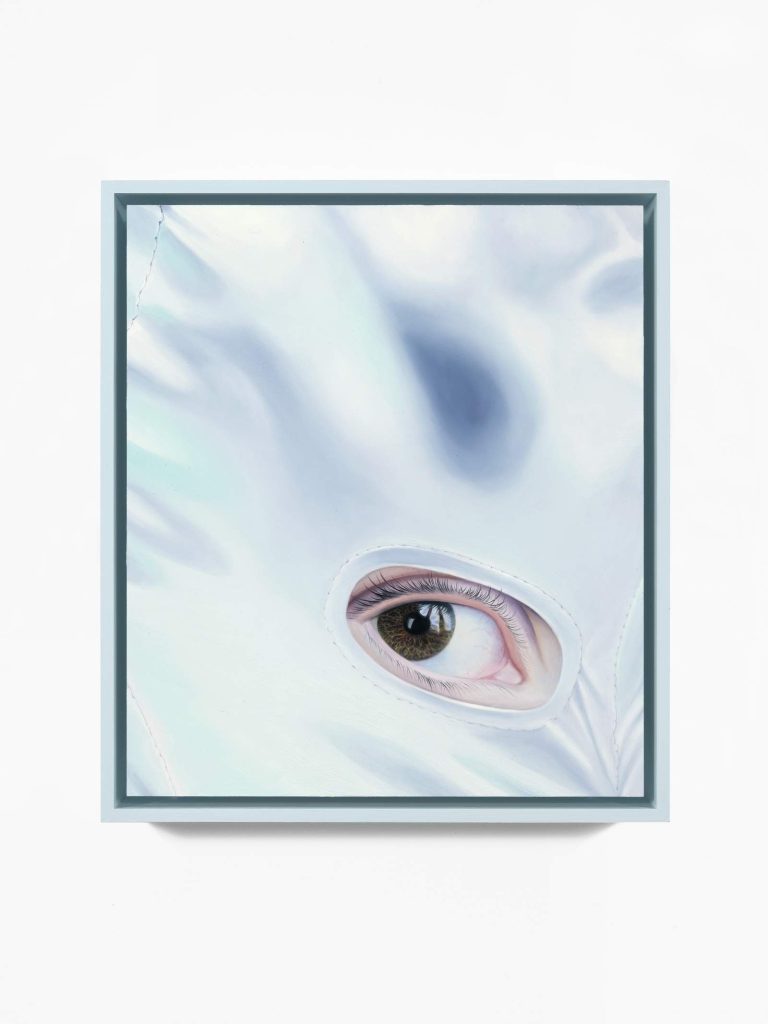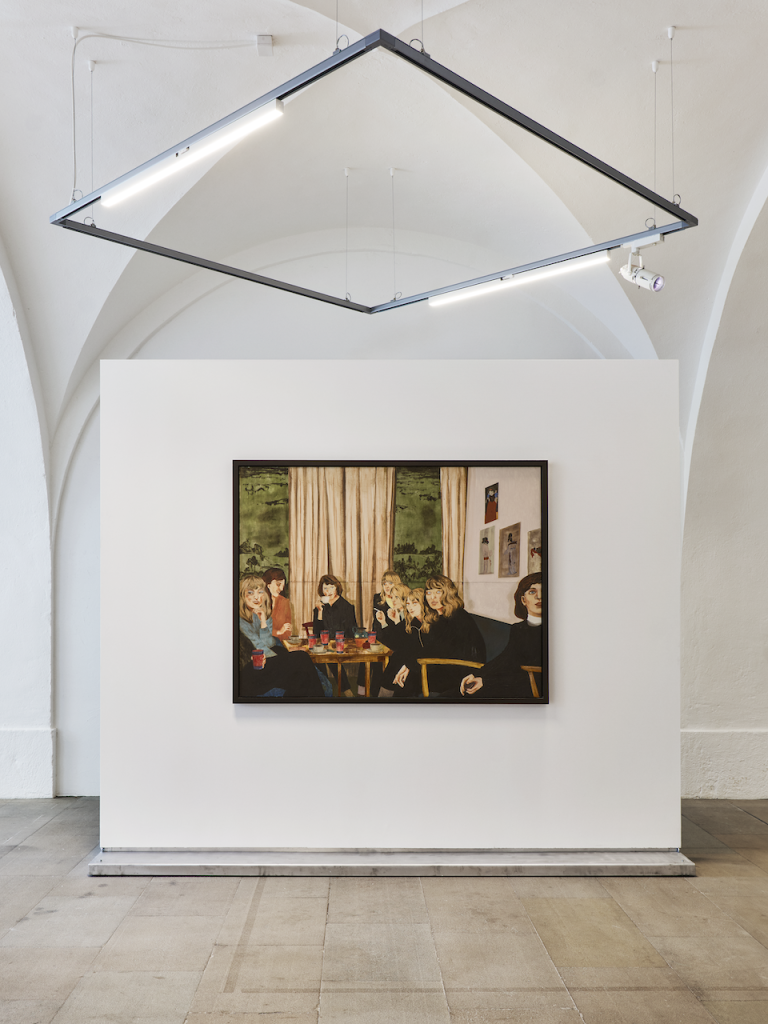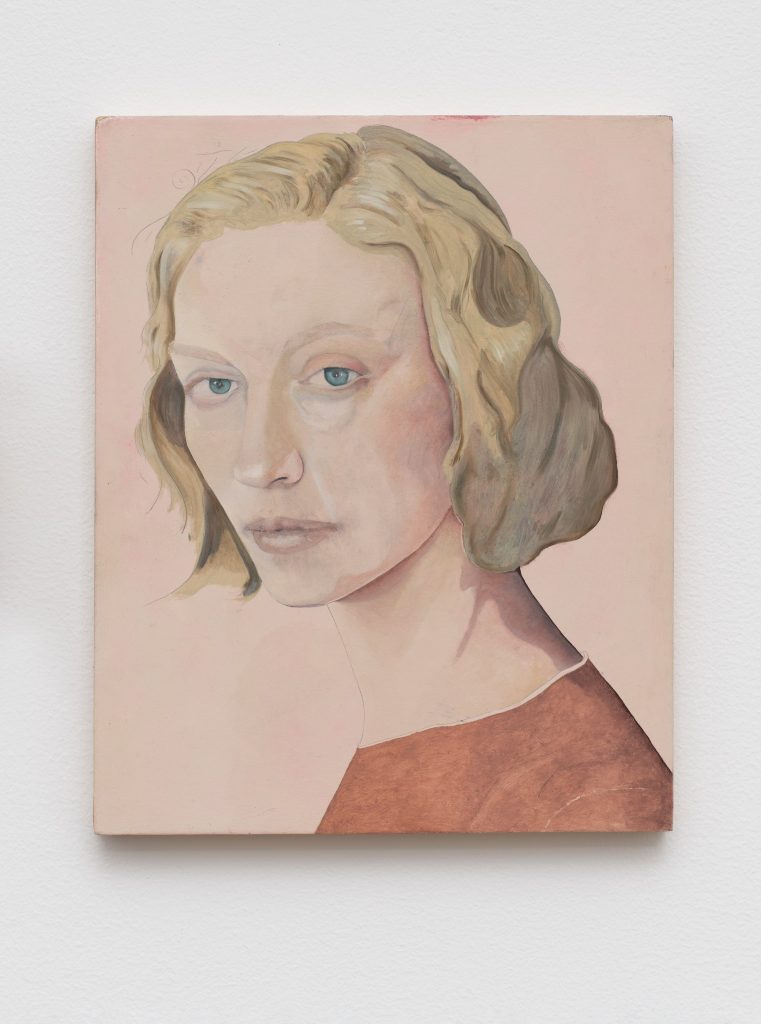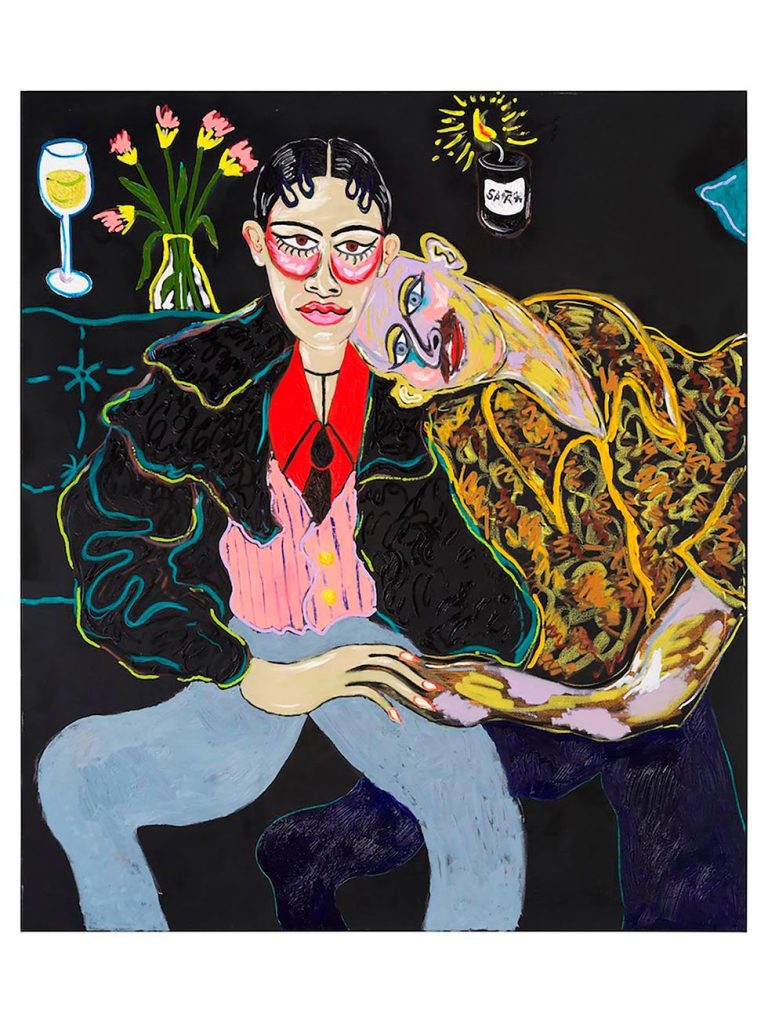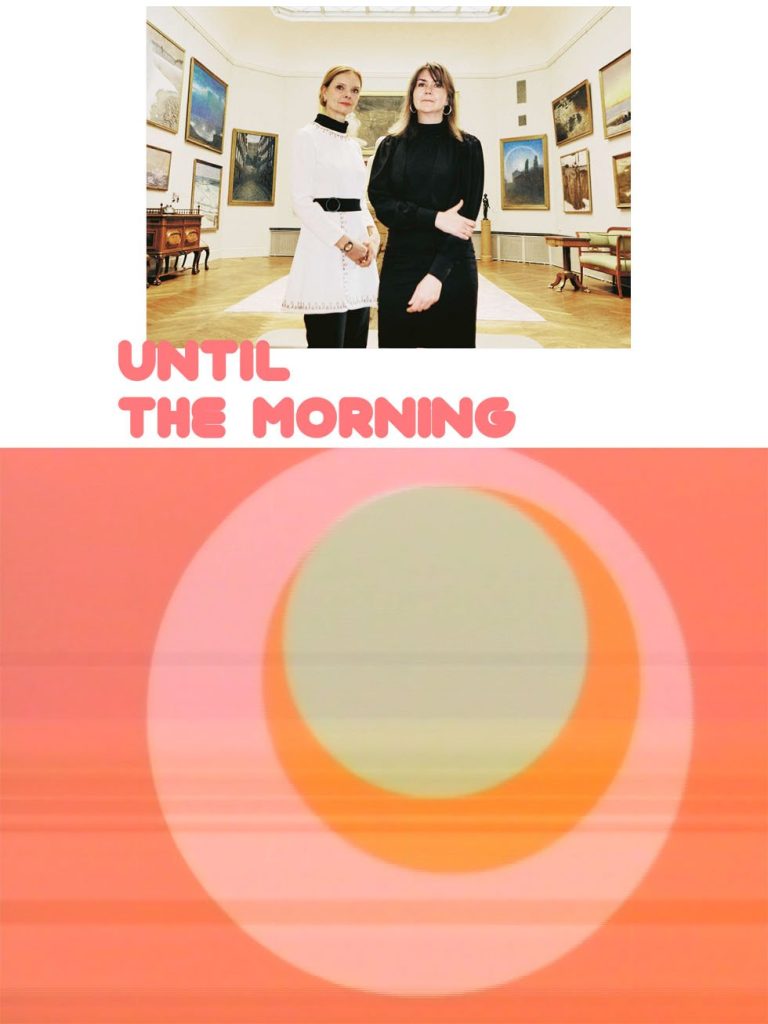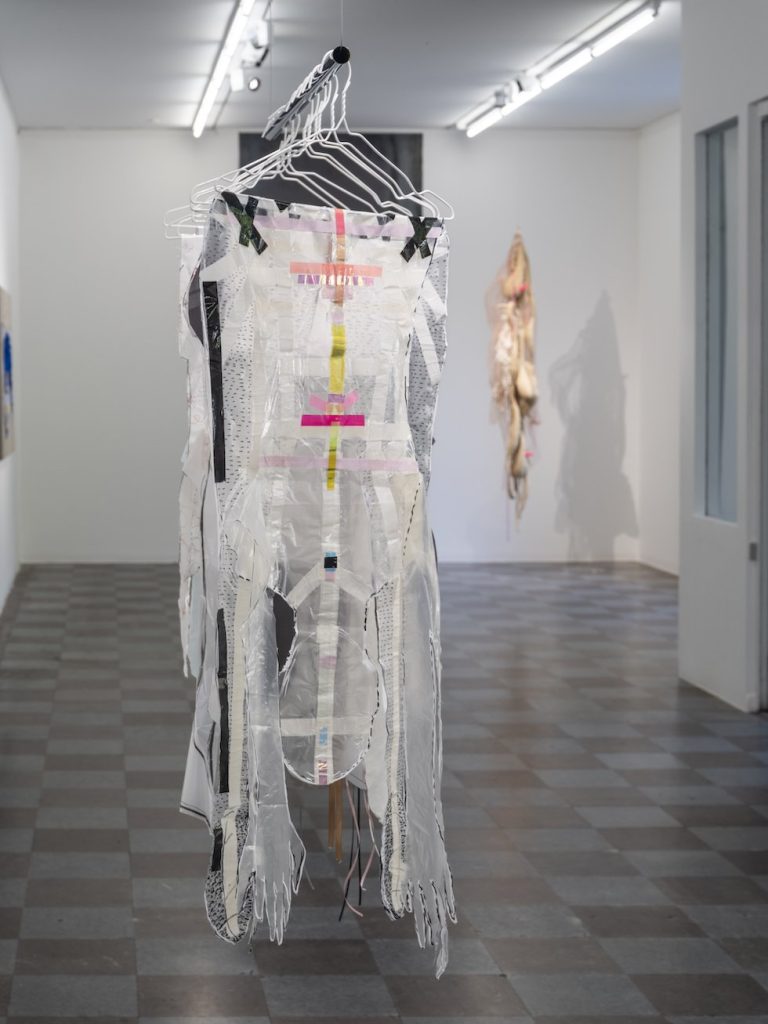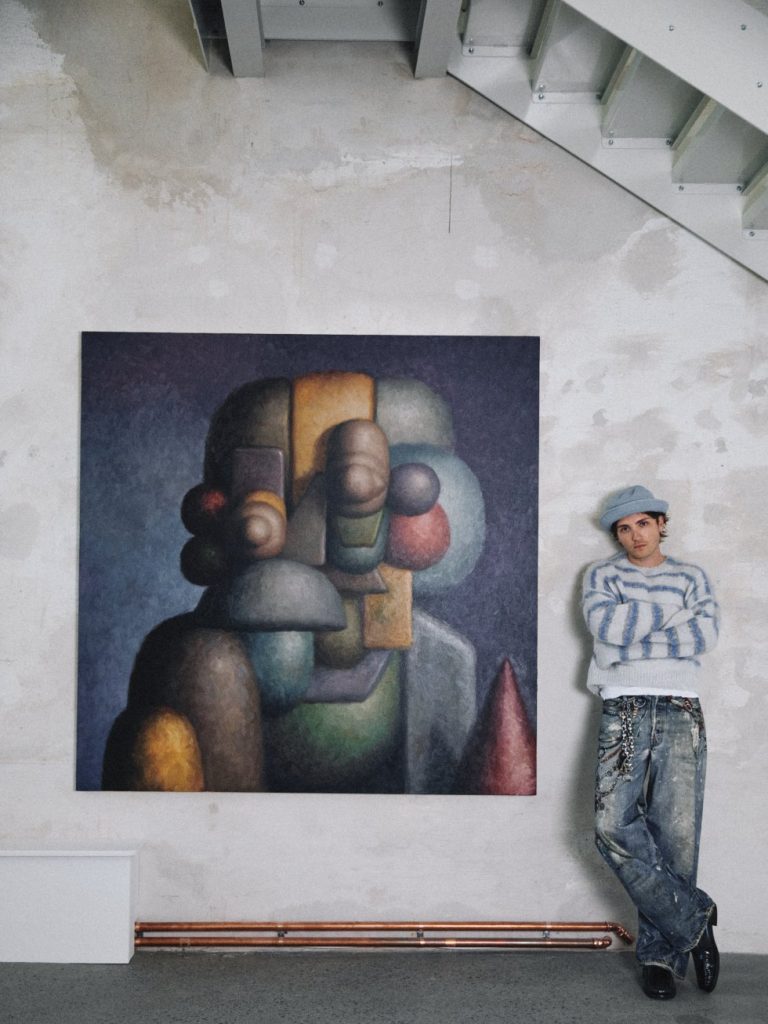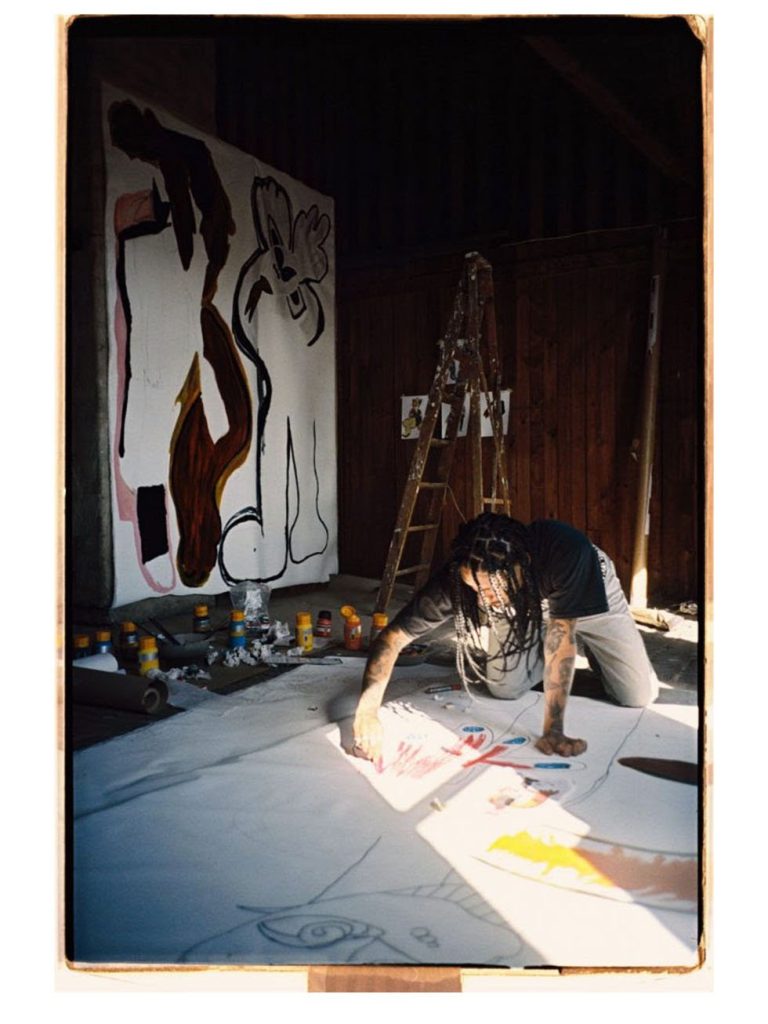Gazing Bodies – A Daring Exhibition by CFHILL text Natalia Muntean In CFHILL’s latest exhibition, Gazing Bodies, the interaction between the viewer and artwork takes centre stage. Curated by Caroline Wieckhorst, in collaboration with writer Lo Hallén, the exhibition showcases international superstars like Sarah Lucas, Karon Davis, and Kennedy Yanko alongside Swedish luminaries such as Karin Mamma Andersson and Charlotte Gyllenhammar. The show delves into the idea of the ‘gaze,’ drawing on psychoanalysis, and questioning how artworks can seem to “gaze back” at the viewer. As Hallén explains, “Artworks shape how we move through a gallery space and the way we think and converse in their presence,” creating a sense of power reversal where “they clearly hold a certain power.” The venue, CFHILL’s new space at the Armémuseum, plays a vital role in elevating the experience, with its historical setting and innovative design. “We love this 18th-century space,” says Michael Storåkers, Executive Chairman, “its beautiful natural light enhances the appearance of the paintings and sculptures.” This unique combination of venue and curation offers a profound exploration of identity, perception, and how art influences its observers. We sat down for an interview with Michael Storåkers, Caroline Wieckhorst, and Lo Hallén about the curatorial decisions behind Gazing Bodies, the impact of their new venue, and how the exhibition challenges traditional perspectives on art and the gaze. Natalia Muntean: CFHILL recently shifted to working more like a gallery. How has this new approach influenced how you curate exhibitions like Gazing Bodies?Michael Storåkers: We always wanted to bring the most exciting artists from all over the world to CFHILL, which is still the case, and we still work with the brightest external, international curators to make it happen. In Gazing Bodies, we combined some global stars we have worked with before, such as Paloma Varga Weisz, Klara Kristalova, and Kennedy Yanko, with Sarah Lucas and Karon Davis, together with some amazing Swedish artists we represent like a traditional gallery – among them Charlotte Gyllenhammar, Marie-Louise Ekman and Martina Muntzing. NM: With the move to the Armémuseum, how has the new venue shaped the experience of displaying artworks? Did the space’s historical or architectural elements affect your curation decisions?MS: We love this 18th-century space; how you enter from the grand courtyard and dive right into the art. Its look is a take on the white cube, created by our three architects led by Valentin Nordström, which combines an innovative wall system with the historical setting. The space receives beautiful natural light from different directions, enhancing the appearance of the paintings and sculptures. The co-curators, Caroline Wieckhorst and Lo Hallén worked with the space to heighten the feeling that the artworks by the 22 artists gaze back at visitors. NM: What new things have come with your new way of working and the venue change? How do these changes benefit both the artists and the audience?MS: We wanted to move away from our previous ‘headquarter-style’ space and shift towards a more classic gallery venue. Now, we are in multiple locations throughout the year, participating in art fairs and similar events. Being CFHILL, we, of course, still aimed for something truly impactful, and I believe we’ve achieved the best of both worlds. Regarding this show, I think the white cube structure, the focus on the art in this space, and the beautiful natural light and historical setting support the artists and the audience in this Gazing Bodies experience. NM: The exhibition is called Gazing Bodies. Can you explain how the idea of the ‘gaze’ works in this exhibition, especially with the artworks being seen as if they have their personalities?Lo Hallén: I understand the interpretation of the exhibition text as suggesting that artworks possess personalities, but I wouldn’t use that specific word. To me, it imposes our odd human subjectivity onto them – haha. Instead, for the show, we thought of them as distinct entities with their own desires and demands, which we can’t fully access or comprehend. Yet, they directly influence us as viewers. Artworks shape how we move through a gallery space and think and converse in their presence. They clearly hold a certain power. It can evoke a sensation of being watched – the artwork gazing back – especially when a piece depicts or is reminiscent of a body. NM: You’ve included artists from both Sweden and other countries. How did you choose these specific artists, and how do their works connect to the exhibition’s theme?Caroline Wieckhorst: It’s been a privilege to work with these amazing artists and their artistry. A key for us has been finding a great mix and balance of art with different expressions and mediums that communicate with and challenge each other and us as viewers. Works that, in different ways, have their own gaze and agency, interacting with our emotions, challenging our perspectives and sometimes what we might take for granted or know to be true. How we interpret the artworks is individual, and this is the point – to shift the focus from how the artists, curators, and critics intend for the art to be interpreted and, instead, how the art itself makes us react and feel. For instance, an artwork that very literally gazes back at me is Ulla Wiggen’s eye, Iris. With its ice-blue colour, it’s hard not to feel watched and pierced through your inner thoughts. But is this how you would interpret or feel about this work? And Karon Davis’ sculpture Echo & Narcissus: Looking Glass, speaks to me about the fragility of life, with the plaster that is lightly pieced together and at the same time it holds a certain power and grace, that makes me act with a high sense of respect around it. Paloma Varga Weisz’s large bronze sculptures, Wilde Leute, make me want to hang and sit with them, despite their intimidating size. And Charlotte Gyllenhammar’s child sculpture, Beholder, makes me wonder what she is thinking of and how I best approach her. While Marie-Louise Ekman’s huge floor piece,

